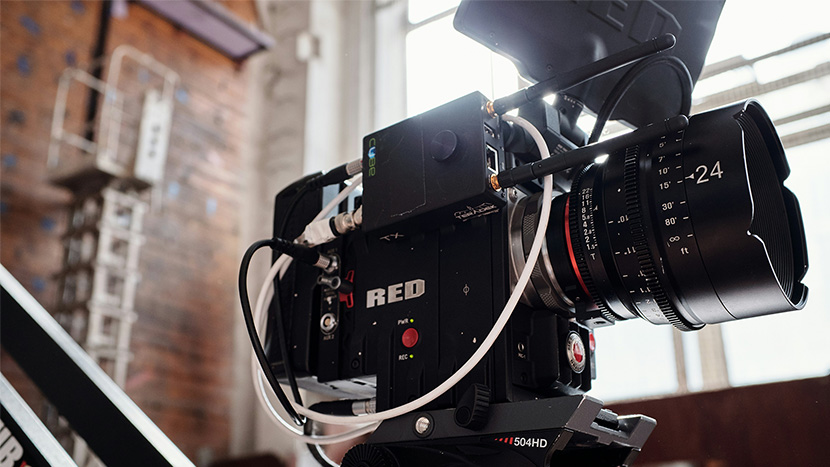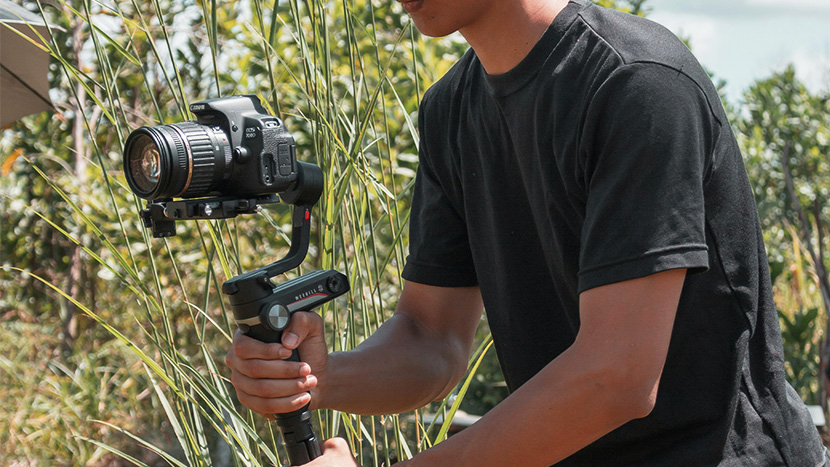Behind the Scenes: How Filmmakers Create Immersive Experiences
Filmmaking is more than just shooting scenes and editing footage. The creation of truly immersive films requires technology, artistry, and attention to every little detail. From sound design to set aesthetics, every element works in harmony to draw the viewer into the story. Understanding these behind-the-scenes efforts gives us a deeper appreciation of the craft that brings movies to life.
So, let’s delve into the magical world of filmmaking and work to understand some of its most important secrets!
The Role of Technology in Modern Filmmaking
Technology has changed filmmaking a lot over the years. Where once practical effects and manual editing were the norm, now advanced digital tools and software elevate the quality of films to new heights. Directors and production teams use everything from CGI and high-resolution cameras to intricate sound design tools to create scenes that resonate with audiences.
One significant advancement is the use of sound wave generators in sound design. These tools allow sound designers to craft unique and customized sound effects that make scenes more authentic and engaging. Whether it’s the subtle rustle of leaves or the roar of a battle, sound wave generators provide an array of options for fine-tuning sound perfectly. By using these, sound designers can ensure that every scene has its distinct auditory character.
Sound Design
When you think of an iconic film, you might remember a specific scene or a powerful line. But behind those memorable moments is the often-overlooked hero: sound design. This aspect of filmmaking plays a crucial role in creating immersive experiences. Capturing good audio in location is not that easy. Sound not only adds realism but also enhances the emotional impact of a scene.
Capturing good audio on location is not that easy. Background noise, wind, and other environmental factors can interfere with clear sound recording, leading to challenges in post-production. This is where the expertise of sound designers comes into play. They use a combination of recorded and created sounds to build layered audio that fits perfectly with the visuals. Whether it’s the subtle creak of a floorboard that heightens tension or the faint hum of city life that brings a scene to life, every sound is deliberately chosen to draw the audience deeper into the story. The right sound can turn an ordinary scene into a powerful moment that stays with viewers long after the credits roll.
Visual Design
While sound is critical, visual elements are equally crucial for a fully immersive experience. Set designs, costumes, props, and even small details that may only appear on screen for a few seconds contribute to the film’s authenticity. This is where creativity meets meticulous planning.
For instance, custom invitations often come into play as part of the visual storytelling process. These aren’t your typical event invitations; they are carefully crafted props used in scenes to reflect character traits or set the tone for exclusive gatherings in the movie’s storyline. Additionally, custom invitations can be used outside the film itself, such as for movie premieres or promotional events, creating a seamless link between the world of the movie and its promotion. This thoughtful integration can enhance audience engagement and build anticipation for the film.
Integrated Elements
Immersive filmmaking isn’t just about impressive visuals and sounds; it’s about weaving these elements together to evoke emotion and keep the audience connected to the story. A well-placed sound, intricate set designs, and subtle props can make a scene powerful and memorable. Directors, sound designers, and set decorators often collaborate closely to align every detail with the film’s vision.
Challenges and Creative Solutions in Filmmaking
Filmmakers often face tight schedules, budget constraints, and technical limitations. Yet, these obstacles spur creativity. A number of challenges can occur during pre-production and production, such as fluorescent lights, causing unintended flickering effects on the camera or ambient noises disrupting scenes. Addressing these issues requires adaptive solutions, like specialized lighting or post-production noise filtering, to maintain a seamless viewing experience.
Overcoming these challenges requires a mix of innovative thinking and the use of modern tools. A film’s immersive quality depends on the team’s ability to merge these elements seamlessly, balancing the technical and artistic aspects to create a final product that captivates viewers.
Conclusion
Creating an immersive movie experience takes more than just filming scenes; it strategically integrates sound, visual detail, and emotional storytelling. Technologies like sound wave generators and props such as custom invitations are just two examples of how filmmakers bring depth and authenticity to their work. The careful, often hidden, efforts of production teams ensure viewers are not just watching a film—they’re stepping into a world meticulously crafted to engage all their senses.


































































































